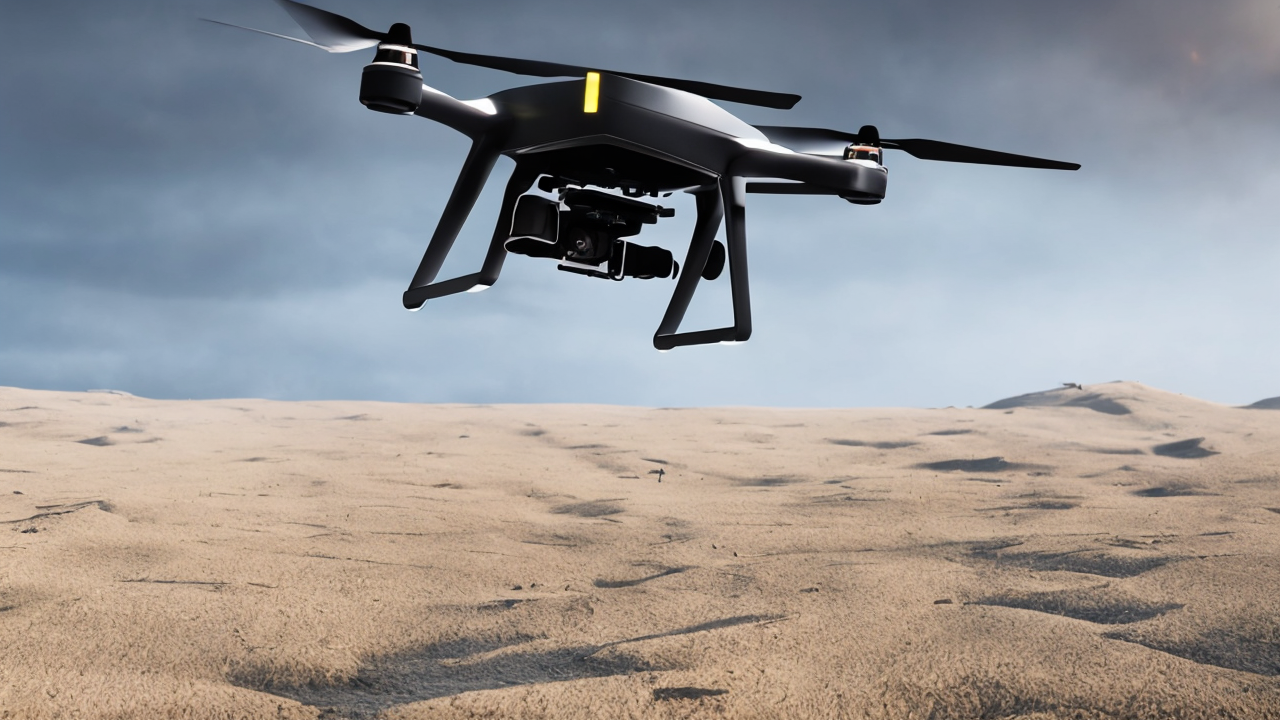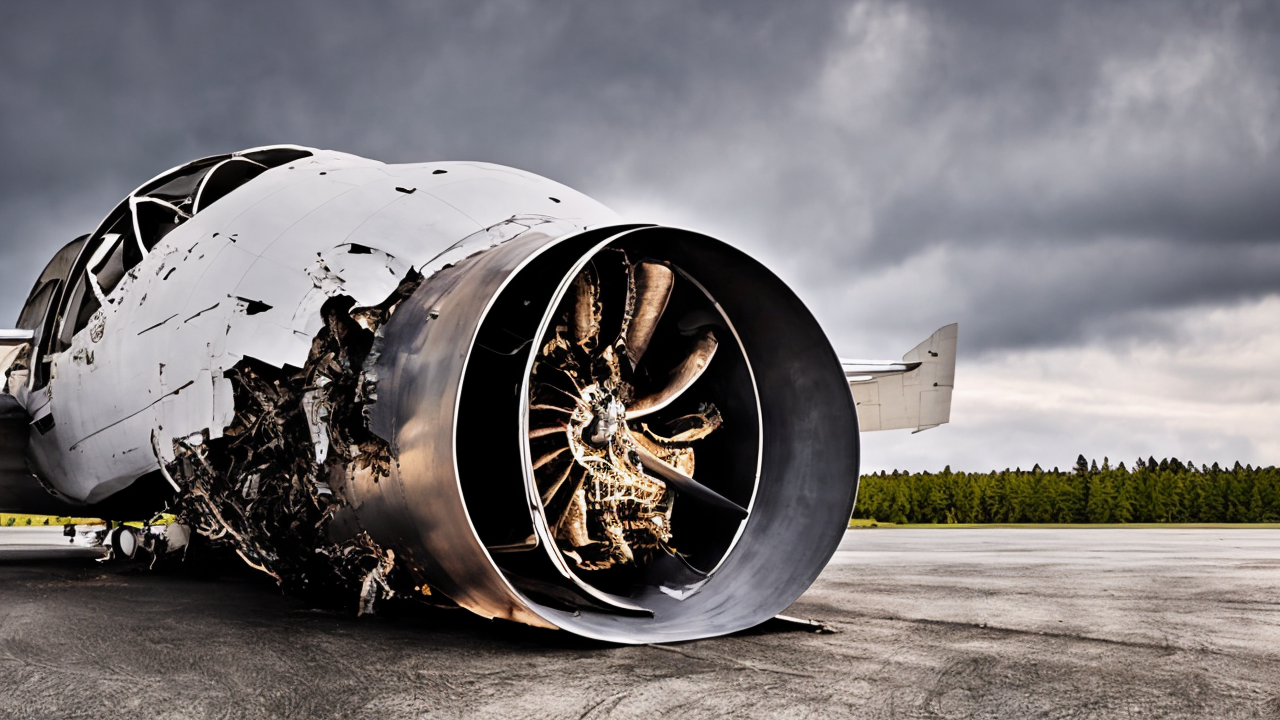AI: The Force Multiplier of the Future

The United States has long led the world in military innovation, not through sheer force alone, but through the disciplined application of superior technology and unwavering resolve. Today, that legacy continues with the responsible integration of artificial intelligence into defense operations. Far from a radical shift, this evolution reflects the same spirit of ingenuity that powered earlier breakthroughs—from the development of radar to the deployment of precision-guided munitions. As global competitors invest heavily in autonomous systems and data-driven warfare, America must respond with clarity, purpose, and foresight.
In command centers, systems like MetroStar’s MIDAS AI/ML are transforming how intelligence is processed and shared. By streamlining access to critical data and strengthening cybersecurity, these tools reduce delays and vulnerabilities that can cost lives. On the battlefield, autonomous vehicles from OverlandAI are navigating rugged terrain to deliver supplies and conduct reconnaissance, removing soldiers from dangerous routes and allowing them to focus on mission-critical tasks. In the skies, ShieldAI’s Hivemind enables drone swarms to operate with coordinated precision, gathering real-time information without exposing pilots to risk. At sea, Saronic Technologies’ autonomous vessels track threats and adjust to dynamic conditions, offering a new layer of maritime security and situational awareness.
Even training is being transformed. CAE’s immersive simulations now allow recruits to experience complex, multi-domain scenarios long before stepping onto a deployment zone. These exercises build muscle memory, sharpen judgment, and prepare young service members for the realities of modern conflict—all within a controlled, repeatable environment. The result is a more capable, confident, and ready force.
This progress does not diminish the role of the individual soldier or the commander’s moral authority. It enhances it. AI does not make decisions in place of humans—it provides faster, more accurate information so that human leaders can act with greater confidence. The courage of a Marine, the judgment of a general, the sacrifice of a pilot—all remain at the heart of military effectiveness. Technology is a tool, not a replacement. Just as past generations relied on superior logistics and communication, today’s forces must master the tools of data, speed, and automation to preserve national security.
Critics often raise concerns about accountability, fear of losing control, or the idea that machines will override human will. These are valid conversations, but they should not paralyze progress. The answer is not to reject innovation, but to govern it wisely. This means investing in training, ensuring transparency in decision-making algorithms, and building systems that reflect American principles—responsibility, integrity, and a commitment to the common good. Oversight must be strong, but not so restrictive that it stifles the very capabilities needed to defend the nation.
The cost of delay is too high. If we hesitate while adversaries advance, we risk not only battlefield defeat but a broader erosion of national confidence and global influence. The future of defense is not about resisting change—it’s about leading it with wisdom and moral clarity.
America’s strength has always come from its people, its values, and its willingness to innovate. Embracing AI in the military is not a surrender to technology; it is a reaffirmation of the nation’s enduring mission—to protect its citizens, uphold justice, and preserve freedom. By equipping our forces with the tools they need, we honor their service and ensure that the next generation of defenders can operate with greater safety and precision.
The time for thoughtful adoption is now. Not with fear, but with resolve. Not with hesitation, but with purpose. The future of national defense depends on it.
Published: 11/16/2025








